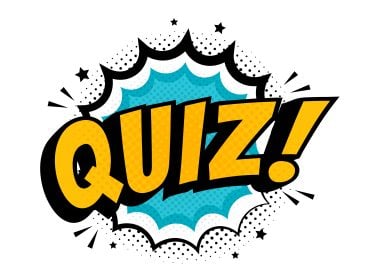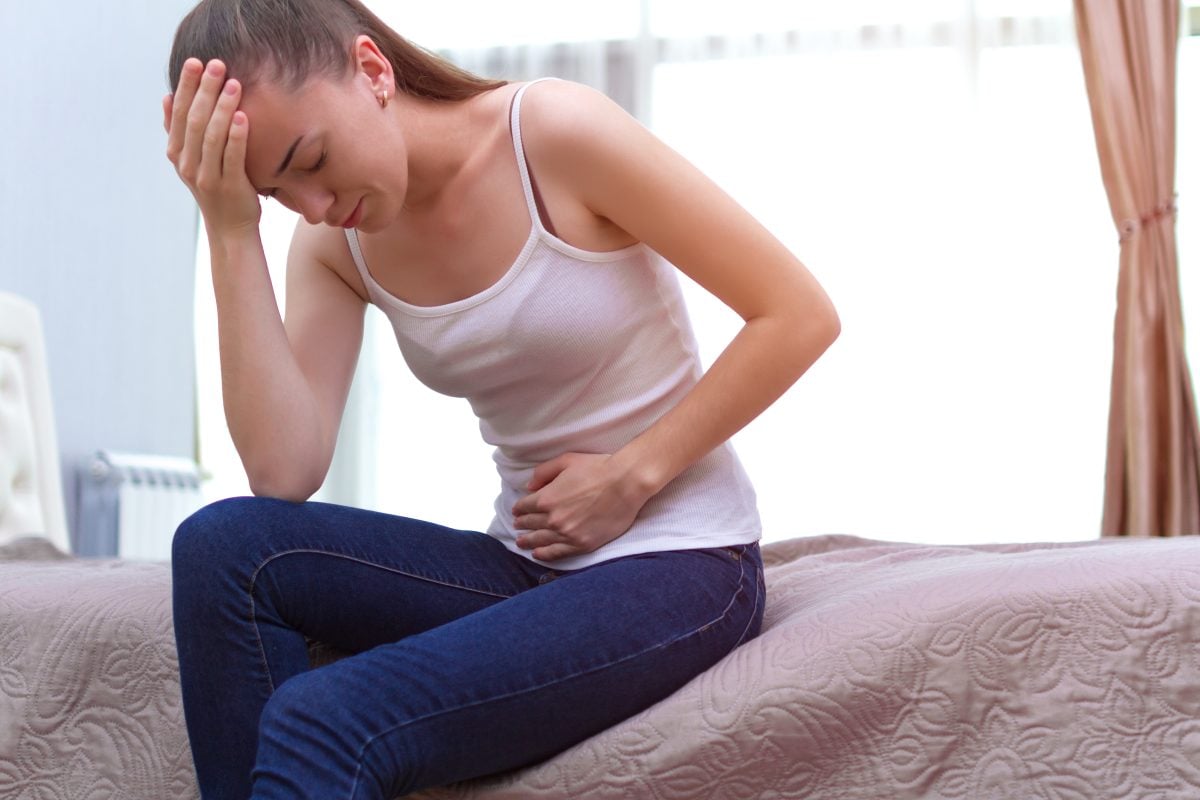Is a Yeast Infection an STD?
The bottom line: a yeast infection, also known as candidiasis, is NOT considered a sexually transmitted disease (STD). It is caused by the overgrowth of a fungus called Candida, which is naturally present in small amounts in the human body, including the mouth, throat, gut, and vagina.
In today’s health-conscious world, understanding the intricacies of various medical conditions is more important than ever. Common confusion often arises from yeast infections and sexually transmitted diseases (STDs). Both can present similar symptoms, causing significant concern and uncertainty.
This article aims to clarify this topic by examining what yeast infections and STDs are, their causes, symptoms, and treatments. Will we also delve into the critical question: Is a yeast infection an STD? By shedding light on these aspects, we strive to equip our readers with the facts they need to make educated decisions about their health. We have created an STD or yeast infection Quiz to help you determine what you have.
At stdcheck.com, we understand that distinguishing between a yeast infection and an STD can be challenging. Don’t hesitate to contact us if you’re unsure about your symptoms or need further guidance. Our primary goal is to ensure you receive the accurate information and support you need regarding your sexual health.
Try the Do I have a yeast infection or std quiz; then we’ll learn more about yeast infections or STDs!

Do I Have A Yeast Infection or STD Quiz
1. Are you experiencing itching in the genital area?
- Yes
- No
2. Have you noticed any unusual discharge?
- Yes, it’s thick and white, similar to cottage cheese
- Yes, it’s cloudy, yellow, or green
- No
3. Are you experiencing pain or burning during urination?
- Yes
- No
4. Do you have any sores or blisters in the genital area?
- Yes
- No
5. Are you experiencing lower abdominal pain?
- Yes
- No
6. Have you had unprotected sex recently?
- Yes
- No
Results of the Do I have a Yeast Infection or STD Quiz:
- If you answered “Yes” to questions 1, 2 (with the first option), and 3, you may have a yeast infection.
- If you answered “Yes” to questions 2 (with the second option), 3, 4, 5, and 6, you may have an STD.
- If you answered “Yes” to question 6 alone, getting tested for STDs regardless of other symptoms is recommended.
Regardless of the results of this quiz, it’s crucial to consult with a doctor for accurate diagnosis and treatment.
Yeast Infection or STD
Understanding Yeast Infections
A yeast infection, also known as candidiasis, is an ordinary fungal disease generated by the overgrowth of Candida species, with Candida albicans being the most common cause. These yeasts are usually harmless and live in various body parts, including the skin, mouth, throat, gut, and vagina. However, these yeasts can grow uncontrollably when an imbalance occurs, leading to an infection.
Causes of Yeast Infections
Several aspects can disrupt the natural balance of microorganisms in your body and lead to a yeast infection:
- Antibiotics: These medications can kill off the beneficial bacteria that keep Candida growth in check.
- Weakened immune system: Individuals with compromised immune systems are more susceptible to yeast infections.
- Hormonal changes: Fluctuations in hormone levels due to pregnancy, menstruation, or hormone therapy can create conditions conducive to yeast overgrowth.
- High blood sugar levels: Uncontrolled diabetes or high blood sugar creates an environment where yeasts can thrive.

Common Symptoms
Yeast infections can affect different parts of the body, with symptoms varying accordingly:
- Vaginal yeast infection: This can cause itching, burning, redness, and swelling of the vagina, along with a thick, white, cottage cheese-like vaginal discharge.
- Oral thrush: This affects the mouth and can cause white patches on the tongue and inside the cheeks, soreness, and difficulty swallowing.
- Invasive candidiasis: This is a severe systemic infection that can impact the blood, heart, brain, eyes, bones, and additional parts of the human body, presenting various symptoms depending on the affected area.
Remember, while these symptoms can indicate a yeast infection, they can also be signs of other health conditions, including STDs. Therefore, seeking professional medical advice for an accurate diagnosis is crucial.
Understanding Sexually Transmitted Diseases (STDs)
STDs, also known as sexually transmitted infections, are infections that are primarily passed from one person to another during sexual contact, including vaginal, oral, or anal sex. Bacteria, viruses, or parasites can cause them and affect both men and women. To determine yeast infection or std, let’s learn more about sexually transmitted diseases!
Let’s quickly examine some common types of STDs and their symptoms:
- Chlamydia: This bacterial infection often exhibits no symptoms. However, it may cause unusual genital discharge, burning when urinating, and discomfort or swelling in the testicles for men.
- Gonorrhea: Like chlamydia, gonorrhea may be asymptomatic but can cause similar symptoms, including unusual discharge, burning sensation when urinating, and painful or swollen testicles.
- Syphilis: The early stage of this bacterial infection can cause sores, which are usually painless. Later stages can lead to rashes and fever; if left untreated, it can cause severe complications affecting the heart, brain, and other organs.
- Herpes: This viral infection is characterized by outbreaks of painful sores on or around the mouth or genitals. Between bouts, the virus stays dormant in the body.
- HPV: Stands for Human Papillomavirus virus. It can cause genital warts and is associated with certain types of cancer. Many people with HPV don’t develop symptoms but can still infect others through sexual contact.
- HIV/AIDS: The human immunodeficiency virus (HIV) destroys the immune system. We know that it can lead to acquired immunodeficiency syndrome (AIDS). Symptoms vary greatly, including fever, fatigue, swollen lymph nodes, and weight loss.
Can Yeast Infections be Transmitted Sexually?
The possibility of yeast infections being sexually transmitted is a topic that has been explored in several research studies.
It’s important to note that Candida, the fungus responsible for most yeast infections, is a part of the normal flora in many parts of the body, including the mouth, gut, and vagina. Therefore, it can be present without causing an infection.
Nevertheless, some examinations have indicated a possible link between sexual activity and yeast infections. For instance, one study published in the British Medical Journal found that sexually active people with genital yeast infections should be tested for other STDs, suggesting a connection between sexual transmission and yeast infections. Another study echoed these findings, indicating the sexual transmission of conditions like gonorrhea and genital yeast infections.
Yet, other sources stress that while yeast infections can occur in sexually active individuals, they are not strictly classified as sexually transmitted infections. This is because they can also affect individuals who are not sexually active.
For example, a book titled “Getting Rid of Yeast Infections” states that you do not have to be a sexually active person to get a yeast infection. However, using a condom can help prevent the transmission of yeast infections.
While yeast infections are commonly associated with sexual activity, they are not exclusively sexually transmitted. They can occur due to various factors, such as antibiotic use, hormonal changes, or a weakened immune system.
Difference Between Yeast Infections and STDs
Yeast infections and sexually transmitted diseases (STDs) can sometimes exhibit similar symptoms, leading to confusion. However, there are key differences that can help differentiate between the two.
Symptoms
- Discharge: One significant factor differentiating yeast infections from STDs is the nature of the discharge. Yeast infections often cause a thick, white discharge that resembles cottage cheese. In contrast, STDs like gonorrhea and chlamydia usually result in a cloudy, yellow, or green discharge.
- Sores, Warts, or Blisters: STDs may cause sores, warts, or blisters, which are not typically associated with yeast infections.
- Burning and Itching: Both yeast infections and some STDs can cause burning and itching. However, yeast infections often lead to more intense itching in the vagina and vulva.
- Pain during sex or urination: Both yeast infections and STDs can cause pain during sex or urination. However, this is more commonly associated with STDs.
Diagnostic Methods
Distinguishing between a yeast infection and an STD requires professional medical evaluation. This usually involves:
- Physical Examination: A physician may perform a physical exam of the affected areas, looking for signs such as discharge, sores, warts, or blisters.
- Lab Tests: Samples of urine, blood, or discharge may be taken and sent to a lab for testing. These tests can identify the presence of yeast, bacteria, or viruses that cause STDs.
- Pap Smear: In some cases, a Pap smear may be done. This test can detect changes in cervical cells that might indicate an STD like HPV.
Yeast Infection vs STD Treatment and Prevention
Typical Treatments for Yeast Infections:
- Over-the-counter antifungal creams, ointments, tablets, or suppositories.
- Prescription oral antifungal medication.
- Probiotics to restore the balance of bacteria and yeast in the body.
Typical Treatments for STDs:
- Antibiotics for bacterial STDs like chlamydia, gonorrhea, and syphilis.
- Antiviral drugs for viral STDs like herpes and HIV.
- Vaccines are available for HPV and Hepatitis B.
Preventative Measures:
- Practice safe sex, and use condoms.
- Regularly get tested for STDs if sexually active.
- Maintain good hygiene.
- Avoid douching, which can disturb the balance of bacteria and yeast in the vagina.
- Wear breathable underwear and change out of wet clothes promptly.
Conclusion
In the journey of understanding the differences between yeast infections and STDs, we delved into the distinct symptoms, diagnostic methods, treatment options, and preventative measures for both.
The key differentiating symptoms included:
- The nature of discharge.
- The presence of sores or blisters.
- Pain during sex or urination.
While yeast infections often cause a thick, white discharge, STDs usually result in a cloudy or colored one. Sores and blisters are more familiar with STDs, while intense itching is characteristic of yeast infections. So, is a yeast infection an STD…it depends.
Diagnostic methods involve physical examinations, lab tests, and sometimes a Pap smear. Treatments vary from over-the-counter antifungal medication for yeast infections to antibiotics or antiviral drugs for STDs. Preventative measures include practicing safe sex, maintaining good hygiene, and regular testing for STDs if sexually active.
If you’re unsure about your symptoms, our quiz “Do I Have a Yeast Infection or an STD?” may help you seek medical attention.
Navigating health issues can be complicated, but being informed about the differences between yeast infections and STDs can empower you to make better decisions about your health. We hope this answers the question is a yeast infection an std, and we hope the do i have a yeast infection or std quiz helps point you in the right direction. Also, check out our dedicated articles about can I give my boyfriend a yeast infection. and how long to wait for sex after yeast infection treatment. Thanks for reading.
Secure and Confidential
STD testing services
The fastest results possbile - available in 1 to 2 days

Tagged
Categorized As
Author: STD Check Editorial Team
At STDCheck.com, we go to great lengths to ensure quality content. We’re using our own collection of data. It is not bought or made up for “click-bait” purposes. We don’t entice traffic with cheesy graphics or raunchy headlines. Our information is to promote STD testing, educate people, let go of social stigmas, and bring awareness. We also provide a completely confidential atmosphere through private testing. When we produce an article, it is fact-based. We check it with medical advisors that approve it. Our staff consists of doctors and other medical professionals who peer review the content we make available on STDCheck.com. From all over the world, we have sourced the best and the brightest content developers, including medical professionals, marketing engineers, data scientists, content specialists, and media relations.




